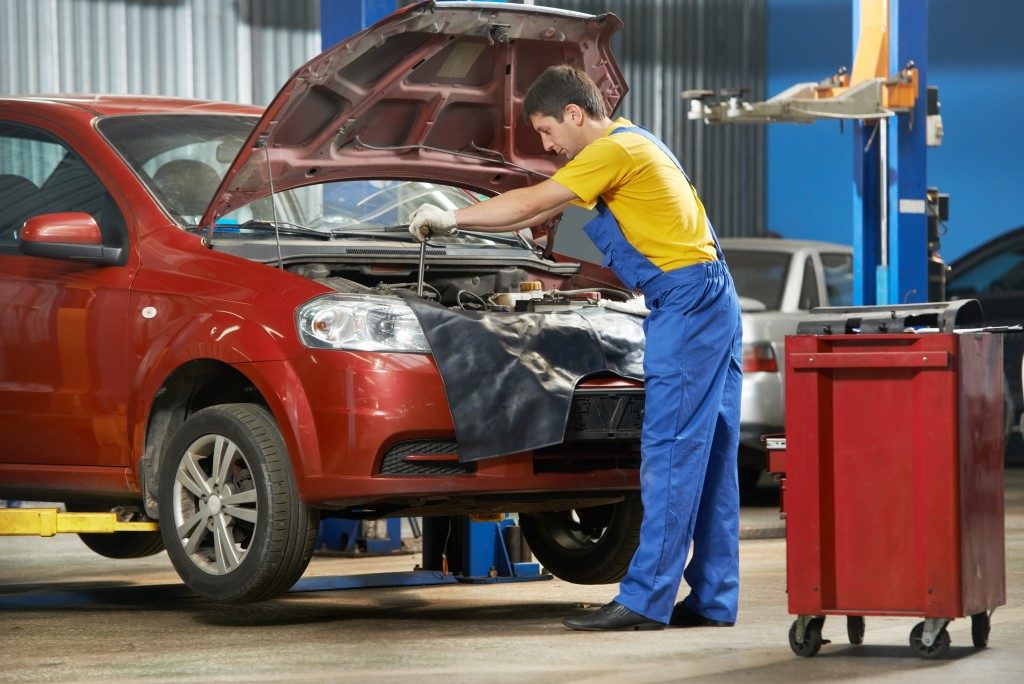Owning a car comes with a lot of expenses. Aside from the gas money, you’re also dealing with expensive repairs and maintenance checks. But practicing some preventive maintenance on your own allows you to significantly cut down these costs.
Here are the basic preventive maintenance steps every car owner must take:
Read the owner’s manual
Pay close attention to your owner’s manual, and do what it says regarding maintenance. Regardless of the vehicle you own, the manual should contain your car’s regular maintenance schedule. Do not follow the maintenance schedule of other cars. Each manufacturer has unique suggestions for when you need to change your oil, filters, or drive or timing belts, so your Forester has to follow a Subaru car maintenance schedule and never a Chevrolet schedule.
Do your own regular inspection
Give your vehicle a once-over every once in a while so you can catch anything that seems out of the ordinary. Make sure that all the lights are working properly. If you do not own one, buy a tire air pressure gauge to keep in the glove compartment.
Check the air pressure in your tires at least once a month. Keeping your tires in top shape gets you better mileage, and will save you gas money if you find out that the air pressure is off early on. The tires should always have enough tread.
Look out for any wear indicator on the tire treads or use a penny to measure the tread. Turn the penny head upside down, and stick it between tread, if you can see Lincoln’s entire head, you need to change your tires immediately.
Listen for any strange sounds that are coming from any part of your car. Do not ignore anything you see or hear that is out of the ordinary.

Check the fluids
You do not have to learn to change any of your car’s fluids, but you need to learn how to check the fluid levels. Some vehicles let you directly see the tank level, while most have gauges or dipsticks that can be pulled out to check the current level against a notch indicating optimal levels. Open the hood and find the transmission fluid or antifreeze. Add more or get it changed if you are running low. If you notice a leak, never ignore it, and have it fixed immediately.
Inspect timing and serpentine belts and replace them when needed
Your owner’s manual indicates when you should replace your timing and serpentine belts. Ask a mechanic to inspect the belts when it is time to replace a belt mileage-wise. You do not have to replace them if they are still in good shape, but replace them at once if they are already worn out.
Check the battery and clean the contacts when needed
You need to know where the battery is and make sure that it is not leaking, and that there are no minerals or buildup on the contacts. Clean any buildup with a battery cleaning brush. Buy a battery tester or a jump starter that you can keep in the car, so you will not have to wait for someone else to give you a jump.
Knowing how to do preventive maintenance lets you save on repairs and gives you priceless peace of mind. With your car in good shape, nothing can stop you from getting to anywhere you need to be.

